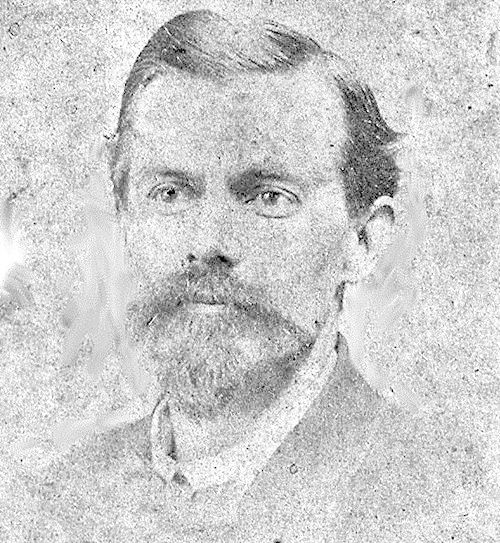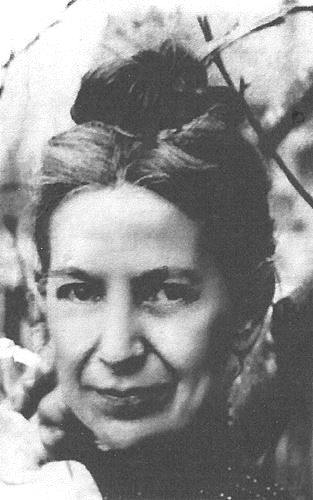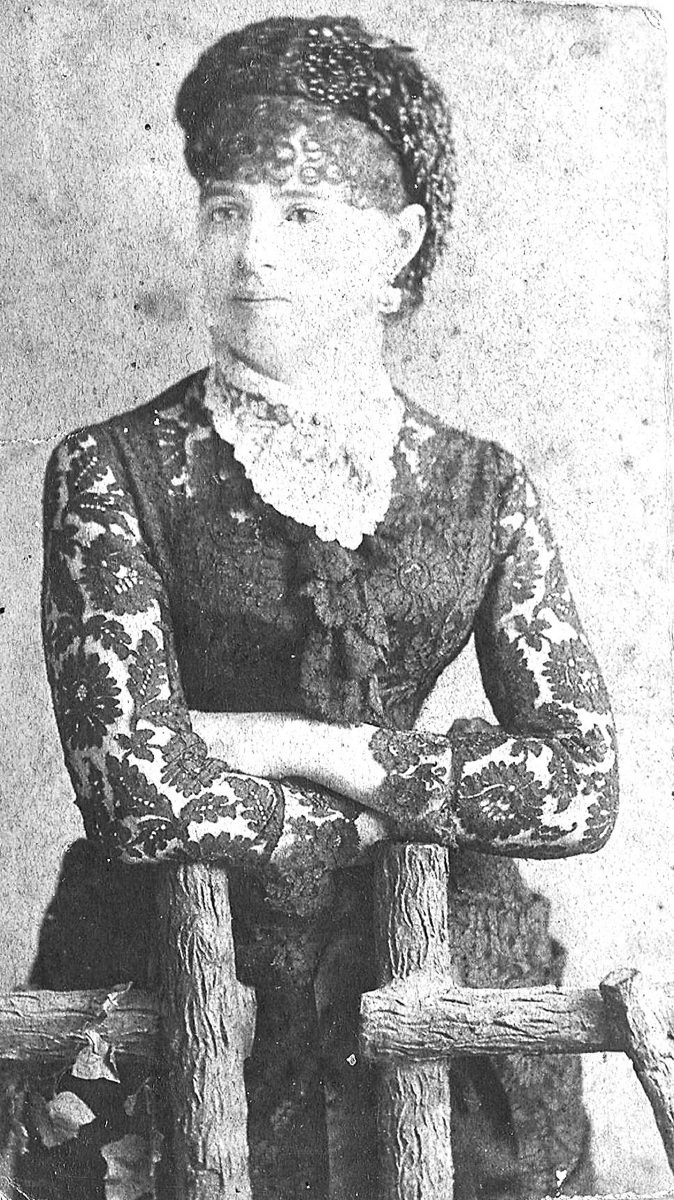BY NORMAN ROZEFF
One of the more rewarding facets of delving into Valley history is the unexpected interest generated by reader feedback. Such was the case when a couple far removed from the Valley inquired of me about an ancestor once active in the region.
On August 27, 2012 John and Barbara Reed of Dyersburg, TN brought to light Civil War era docu- ments that touched upon South Texas history. The background related is this: Mr. Reed’s father’s maternal grandmother was Marah Fisher Perry, born in 1845. While growing up, Mr. Reed’s father, John Jewell Reed, heard stories from her about the Civil War and its aftermath. The senior Reed died in 1964.
Marah claimed that her brother, John Jewell Fisher, was an officer in Maximilian’s army [actually the opposite in Juarez’s Republican Army] in Mexico, that he came back to Texas to fight for the Confederacy, and that the family went to Mexico after the Confederate surrender.
Her brother was said to have married a French woman who spoke no English. Marah claimed to have been in the evacuation of civilians from Mexico City to Veracruz which included the Empress Carlotta.
Mr. Reed and his wife, Barbara, searched 40 years for any evidence to verify these stories. They never found any and finally concluded that Marah had made up these tales.
However, in early August 2012 Mrs. Reed found online Fold3 images of handwritten documents which were collected into Rebel Archives by the War Department after the Civil War. They were cataloged on microfilm under the title “Compiled Service Records of Confederate General and Staff Officers and Nonregimental Enlisted Men.”
Two mention a Lieutenant Colonel John J. Fisher, said to have been for five years an officer in the Mexican Army but a native of Tennessee and having a young French wife living in Matamoros.
The documents reveal that in April 1864 Fisher had approached Major Charles Russell, a Confederate quartermaster, who was evidently securing supplies in Mexico, and proposed a plan for retaking Brownsville, Texas from the Union Army.
This elaborate plot included luring the Union officers to a ball in Matamoros as guests of the Mexican army and getting them drunk while Confederate sympa- thizers seized the ferry boats, so the Union officers could not get back across the Rio Grande to Brownsville.
The Union forces would then be attacked at 2 a.m. A number of Confederate deserters would come back from Mexico to join the attack on the promise of pardons for desertion and other crimes.
In June 1864 another letter (from Col. John Salmon Ford) mentioned that “Col. J.J. Fisher” had just arrived at Confederate headquarters from Matamoros. It appears that the plan was being implemented.
Ironically, when the Confederates finally advanced on Brownsville, the Federals had already abandon- ed the city and retreated to Brazos Island.
This obscure footnote in history for a battle that never took place appears to document the central claim of Marah’s stories, that her brother was in the Mexican Army before the Civil War (and before Maximilian invaded Mexico). Many Confederates did later come to Mexico at Maximilian’s invitation before he was executed in 1867 and the tide had turned on the Confederate States of America. Given her brother’s history, the Reeds now have little doubt that Marah’s stories, though they were probably a little exaggerated, were essentially true.
The document related to one John Jewel Fisher describes his 1864 proposal to attack Union forces then occupying Fort Brown and Brownsville.
His ideas are set forth in a letter from Major Charles Russell to Confederate General Slaughter. Additionally available is a letter from Col. John Salmon “Rip” Ford that mentions Col. Fisher.
The letter deals with the securing of arms and other matters.
The text of the first letter reads:
Charles Russell
Monterey Mexico
April 18th, 1864
General,
I have just received information which I regard of sufficient importance to authorize me to send a special express.
Lieut. Col Jno J. Fisher, a native of Tennessee, but for the past five years an officer of the Mexican army called on me and stated that he desires to enter the Confederate army, and as an evidence of his sincerity places me in possession of the following facts and suggestions for the recapture of Brownsville.
1st. The entire available force will not exceed 4000 men as encamped as following:
One company of artillery 10 pieces encamped and in fortification below Fort Brown.
2nd brigade of infantry, 1500 men encamped between the River and Laguna just below the old parade ground commanded by Col McNulta of 94th Illinois.
1st brigade of infantry, 1800 men in front of Freeport commanded by Col Dye Regular army.
Col Haynes cavalry regiment, numbered between 2 & 300 men partially mounted and armed, all Mexicans attached to 1st brigade.
The above is the entire force at Brownsville and includes the scouting parties sent up the river .
At Brazos San Yorge [likely the Brazos Island depot] they have about 500 negroes with a few pieces of artillery.
The artillery until recently was divided between the two brigades of infantry and placed in positions, but upon the arrival of Gen McClernand and Major Schwartz, Chief of Artillery, it was concentrated as before stated below Ft. Brown and consists of 10 Rifle pieces . The enemy anticipating an attack from below and are now engaged in throwing up a strong fortification,also rifle pits some of which are completed.
The fortifications of Freeport (a river crossing point once in West Brownsville) are completed and very strong, but the artillery was removed by Major Schwartz’s order; they are however expending some heavy pieces for that fortification.
The Veteran Regiments on furlough are expected to return in 6 or 8 weeks.
The northern part of Brownsville, between Freeport and the Garrison is open and there is no preparation being made for a defense from that quarter.
His plan of attack is as follows:
1st To communicate with Col. Ford and determining upon the day – he suggests 2 o’clock in the morning.
Col Fisher will, in connection with other Mexican officers, honor in the name of Governor Cortina,
a Ball to the Federal Officers and by that means get a large number of them in Matamoros, and as many as possible under the influence of liquor.
He will organize his force consisting of about 100 Americans friendly to our cause and now at Matamoros, and assign them as follows viz.
A detachment at the ferry to cut loose the boats and furnish (or prevent?) communications, the remainder he will cross before the artillery barracks with instructions to strike the guns as soon as Col. Ford commences the attack which he says may be done without difficulty the distance between us the en- campments of the 2nd brigade of infantry and the artillery being over 1000 yards He suggests that Col Ford send a small force to divert the 1st brigade at Freeport and make the main attack on the northern portion of the city.
The letter continues next week.







